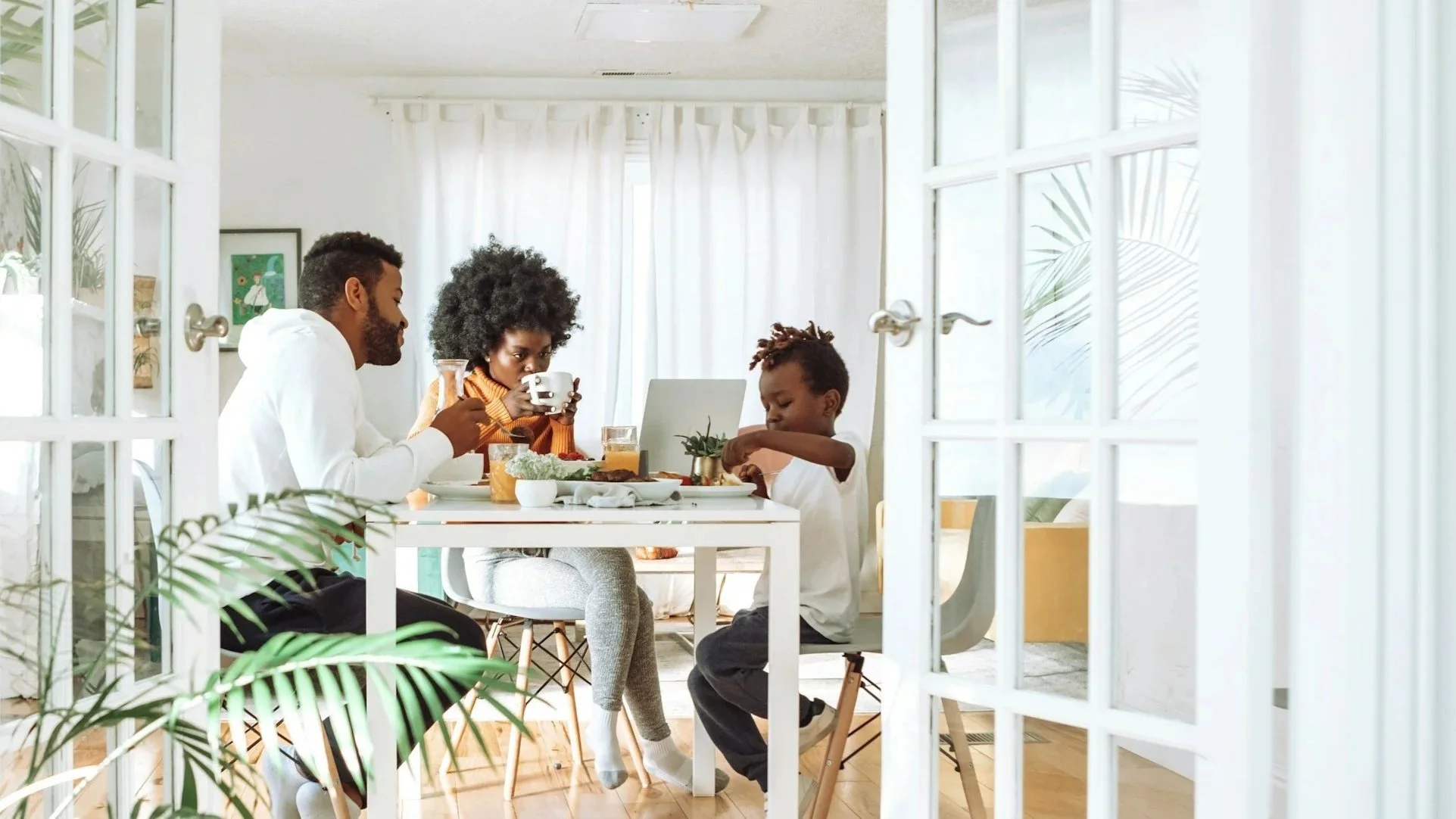How to Buy a Home When You Have Debt in 2026
How to Buy a Home When You Have Debt in 2026
Buying a home when you still have debt can feel impossible — especially when you’re juggling student loans, credit cards, or a car note. But here’s the truth: you don’t have to be debt-free to become a homeowner.
With the right financial plan, discipline, and coaching, you can position yourself to buy a home even while managing existing debt. That’s exactly what one Tulsa client did — and their story proves it’s possible.
A Real Tulsa Success Story: From Student Debt to Homeownership
When this client came to Lionhood Financial Coaching, they had $40,000 in student loans and credit card debt with a credit score of 590. The dream of owning a home felt far away.
Together, we built a focused 12-month plan that covered budgeting, debt payoff strategies, and credit repair. By the end of the year, their credit card debt was paid off and their credit score had climbed high enough to qualify for a great mortgage rate — and they closed on their first home in Tulsa.
That transformation didn’t happen overnight. It came through consistent steps, discipline, and a clear plan. Here’s how you can follow the same path.
Step 1: Understand Your Financial Picture
Start by getting a clear view of your finances. You need to know what you owe, what you earn, and where your money is going.
Action Steps:
Pull your credit report from AnnualCreditReport.com
List all debts: student loans, credit cards, auto loans, personal loans
Track your monthly expenses using tools like Monarch Money, Rocket Money, or a simple Google Sheet budget
Calculate your debt-to-income ratio (DTI) — lenders typically prefer this to be under 43%
Once you know your baseline, you can build a strategy to improve it.
Step 2: Strengthen Your Credit Score
Your credit score plays a huge role in the mortgage rate you’ll qualify for. Improving it doesn’t require magic — it takes time and the right moves.
Here’s how to start:
Pay bills on time, every time
Reduce credit card balances below 30% of their limit
Avoid opening new accounts right before applying for a mortgage
Dispute inaccuracies on your credit report
Even a 20- to 40-point increase can significantly improve your loan terms.
Step 3: Create a Debt Repayment Plan
You don’t have to eliminate every debt before buying a home — but you should have a plan in place.
Two proven methods are:
Debt Snowball: Focus on paying off the smallest balances first for quick wins
Debt Avalanche: Focus on the highest interest rates first to save the most money
Pro tip: Combine your method with an accountability partner or financial coach to stay consistent. Many Lionhood clients find that structure and encouragement make all the difference.
Step 4: Save for Your Down Payment and Closing Costs
Even with debt, saving is essential. You’ll typically need:
3%–5% for a down payment (depending on the loan type)
2%–3% for closing costs
Start with a separate savings account labeled “Home Fund.” Automate transfers to it each payday. Small, consistent deposits grow faster than you think.
If you’re eligible, explore down payment assistance programs available in Oklahoma and Tulsa County. Many first-time buyers qualify for grants or low-interest loans.
Step 5: Get Pre-Approved and Know Your Numbers
Once your credit is improving and your savings are growing, talk to a lender. Pre-approval gives you a clear price range — and signals to sellers that you’re serious.
Ask lenders:
What loan programs am I eligible for?
How much home can I afford with my current DTI?
What’s the estimated monthly payment including taxes and insurance?
A financial coach can help you review those numbers and decide what’s realistic before you sign anything.
Step 6: Keep Managing Your Debt After You Buy
The work doesn’t stop once you have the keys.
Stay disciplined with your spending and continue paying down debt. Create a post-purchase budget that covers:
Mortgage
Utilities
Maintenance
Debt payments
Savings and emergency fund
Consistency here ensures that your home becomes an asset — not a new source of stress.
Step 7: Get Help from a Financial Coach Who’s Been There
Buying a home with debt requires balance, patience, and guidance. A financial coach helps you:
Design a debt reduction plan that doesn’t derail your savings
Build a credit improvement strategy
Set up a budgeting system that supports long-term stability
Keep you accountable to your financial goals
Lionhood Financial Coaching specializes in helping clients move from debt to homeownership — step by step, with systems that last.
The Bottom Line
Debt doesn’t have to hold you back from buying a home. With a clear plan, disciplined budgeting, and expert guidance, you can make your homeownership dream a reality — just like our Tulsa client who turned $40,000 in student loans and a 590 credit score into a success story.
👉 Ready to take your next step toward homeownership?
Let Lionhood Financial Coaching help you build your plan.
Schedule your financial coaching session today and start your journey to debt-free homeownership.



